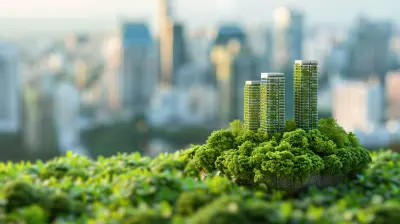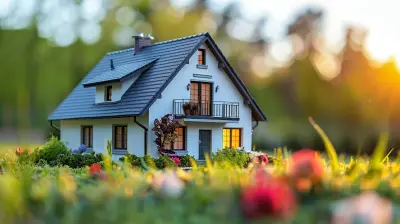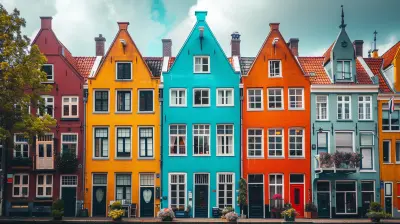Energy-Efficient Features Every Green Home Should Have
28 August 2025
Going green isn’t just a trend—it’s a lifestyle shift that benefits both the environment and your wallet. With climate change concerns and rising utility costs, energy-efficient homes are more in demand than ever. But what exactly makes a home "green"?
From solar panels to smart thermostats, there are many features that can turn any house into an eco-friendly sanctuary. If you're looking to buy, build, or upgrade your home with sustainability in mind, this guide will walk you through the must-have energy-efficient features every green home should have. 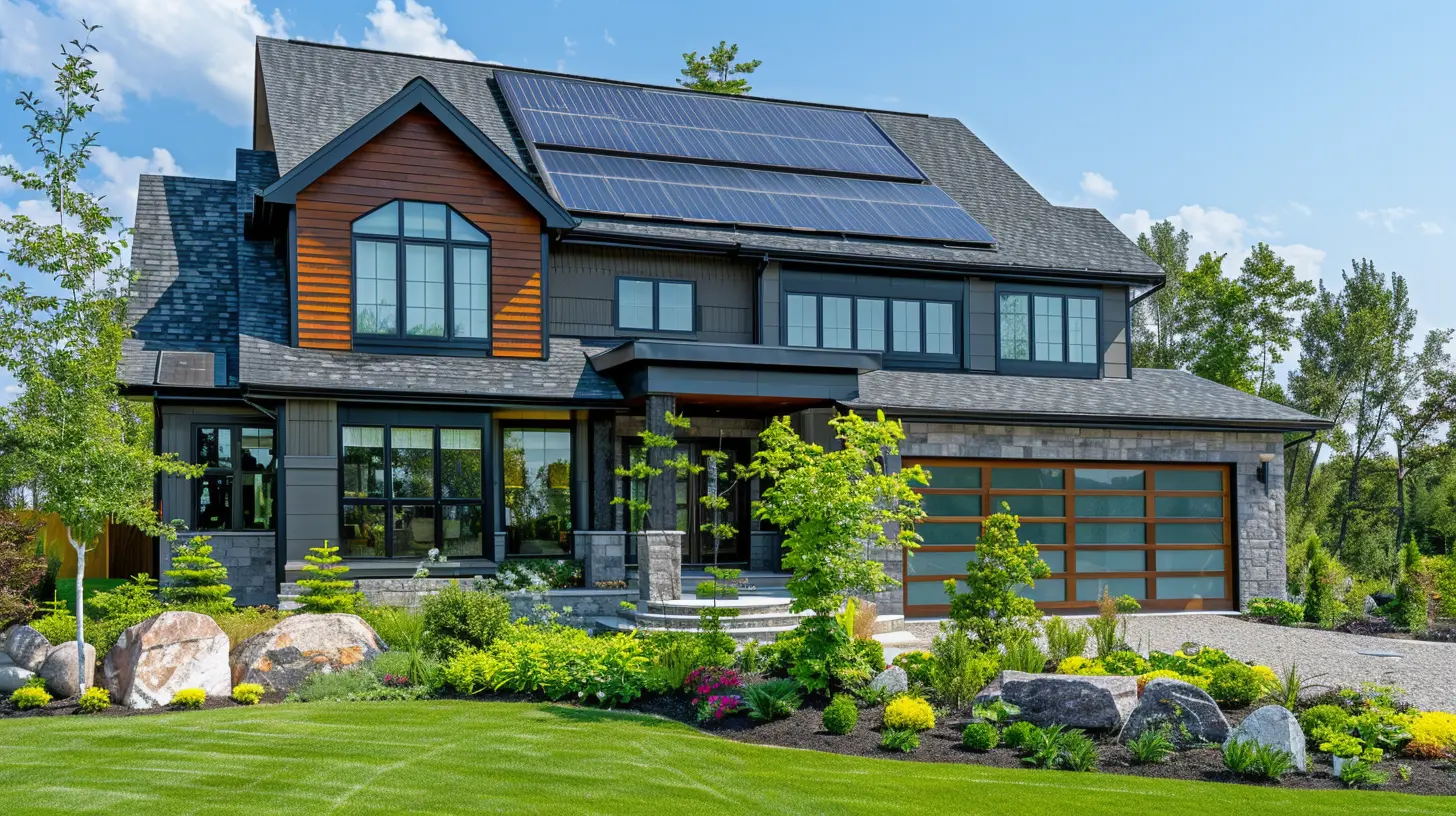
1. Solar Panels: The Gold Standard of Energy Efficiency
If there’s one feature synonymous with green living, it’s solar panels. These sleek, high-tech panels harness the sun’s energy, converting it into electricity to power your home.Why Invest in Solar Panels?
- Lower Energy Bills – With solar power, you rely less on the grid, drastically reducing your monthly electricity expenses.- Renewable Energy – The sun isn't going anywhere, making solar power a sustainable energy source.
- Government Incentives – Many states offer tax credits and rebates for homeowners who install solar panels.
While there is an upfront cost, solar panels typically pay for themselves within a few years, making them a smart long-term investment. 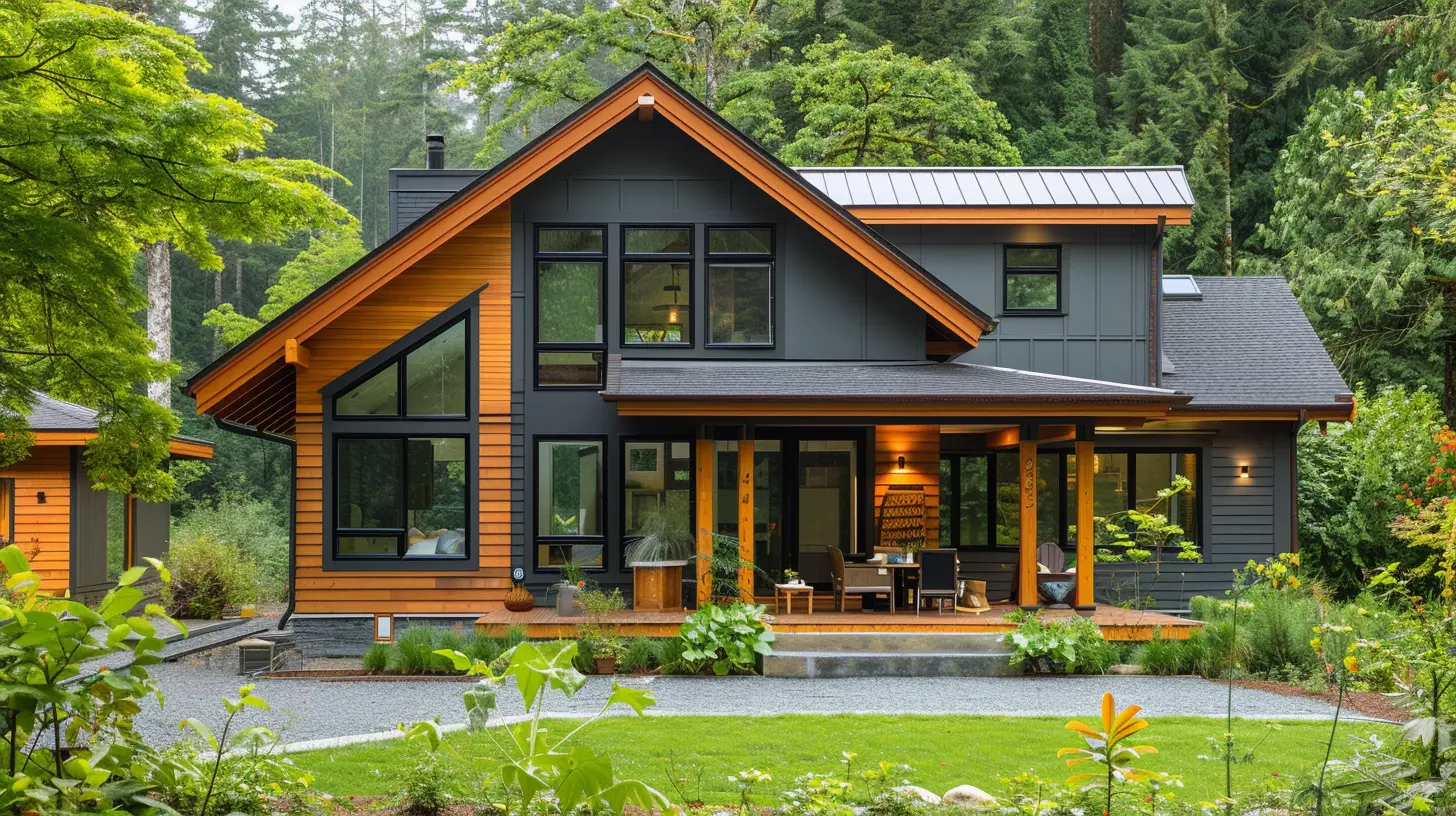
2. Energy-Efficient Windows and Doors: Keep the Heat In and the Cold Out
Windows and doors play a bigger role in energy efficiency than most people realize. Poor insulation leads to unwanted heat loss in winter and excessive heat gain in summer, which forces your HVAC system to work harder.What to Look For?
- Double or Triple-Pane Glass – Provides excellent insulation and noise reduction.- Low-E Coating – Reflects heat, keeping your home cooler in summer and warmer in winter.
- Weather Stripping – Seals any gaps to prevent drafts and maintain indoor temperatures.
Energy-efficient windows not only regulate indoor temperatures better but also enhance overall comfort levels in your home. 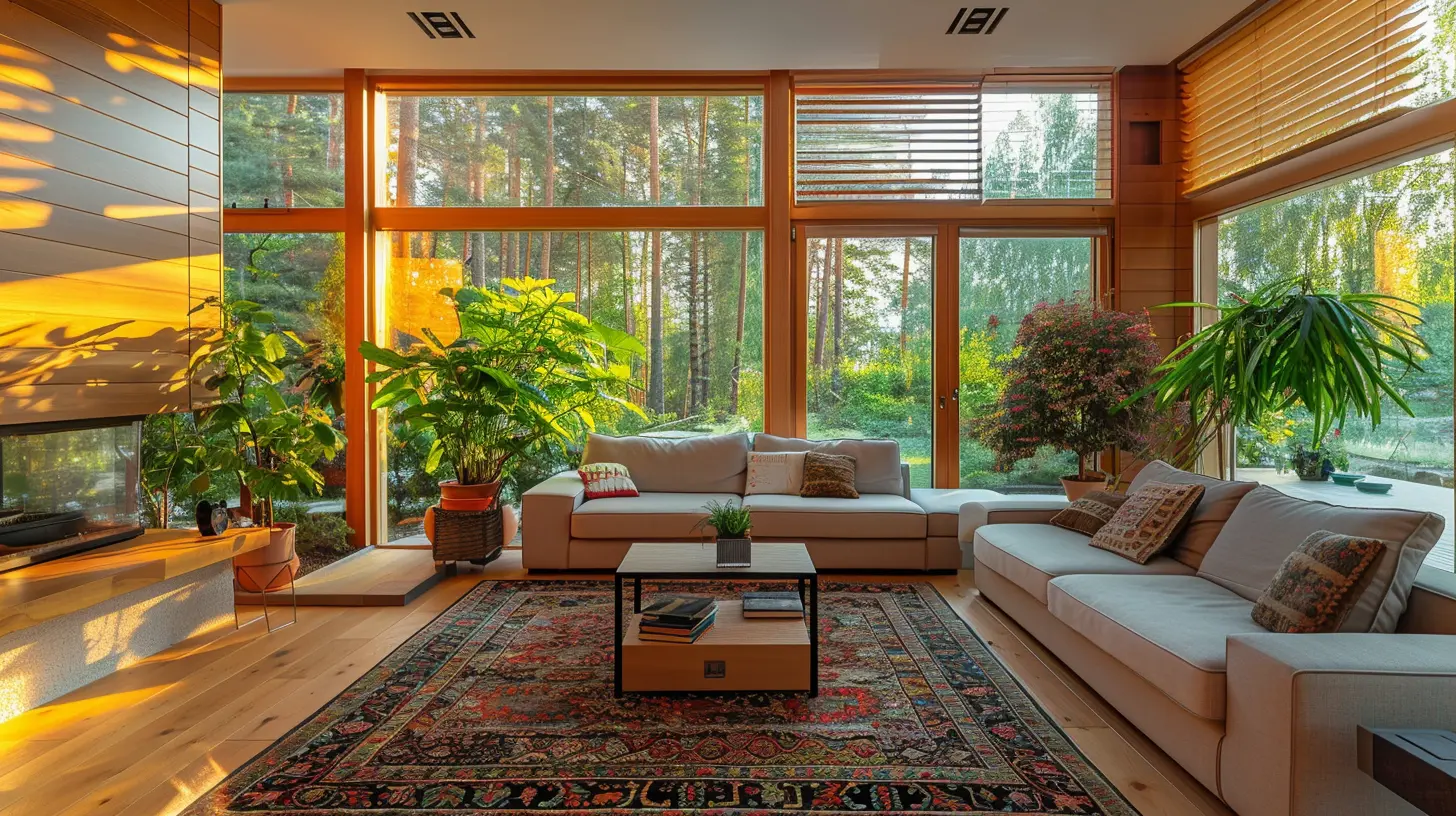
3. Smart Thermostats: The Brain of Your Heating and Cooling System
A traditional thermostat works, but a smart thermostat works smarter. These devices learn your habits and adjust temperatures accordingly, so you don’t have to constantly tweak the settings.Benefits of a Smart Thermostat:
- Optimized Energy Use – Auto-adjusts based on your schedule, reducing unnecessary heating or cooling.- Remote Access – Control your home’s temperature from anywhere using a smartphone app.
- Lower Utility Bills – By optimizing your HVAC system, you can cut down on energy waste.
Think of it like having an autopilot mode for your home's temperature—no more heating an empty house or waking up freezing in winter! 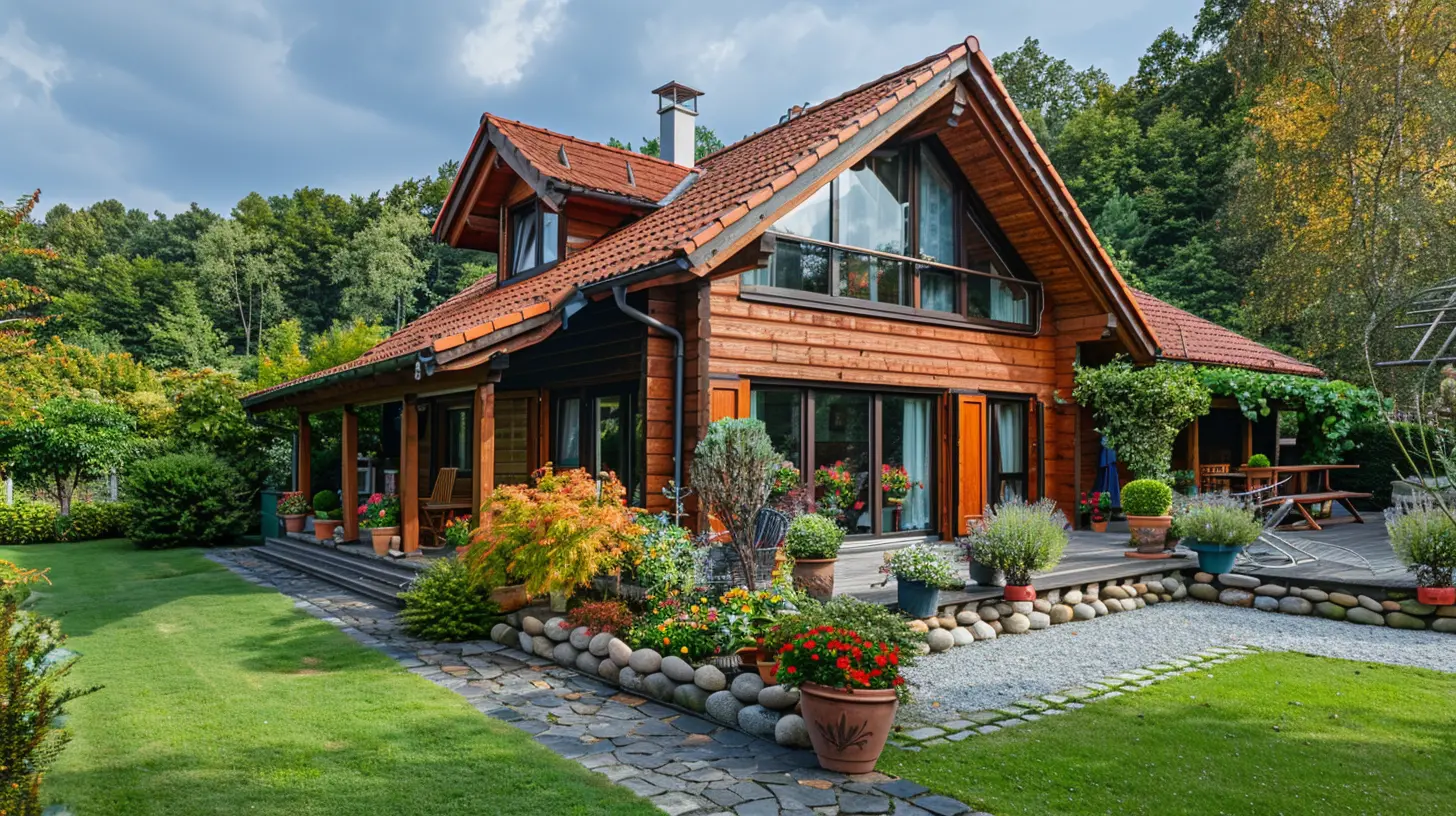
4. LED Lighting: Small Change, Big Impact
Switching from traditional incandescent bulbs to LED lighting may seem like a minor upgrade, but it makes a huge difference.Why Choose LED Lights?
- Consumes Up to 75% Less Energy – Compared to incandescent bulbs.- Longer Lifespan – LEDs last 25 times longer, meaning fewer replacements and reduced waste.
- Available in All Colors and Brightness Levels – Perfect for any ambiance or decor.
LED lights are one of the easiest and most cost-effective ways to boost your home’s energy efficiency instantly.
5. Proper Insulation: The Key to Consistent Indoor Temperatures
Ever wonder why older homes feel drafty in winter and sweltering in summer? The answer is poor insulation.Where Should You Insulate?
- Walls and Attic – Prevents heat loss in winter and keeps your home cool in summer.- Floors and Basement – Particularly important in colder climates to keep warmth from escaping.
- Ductwork – Ensures energy isn't wasted when warm or cool air moves through your home.
A well-insulated home requires less energy to maintain comfortable temperatures, which directly translates to lower heating and cooling costs.
6. Energy-Efficient Appliances: Less Power, More Performance
Your household appliances consume a significant chunk of your home’s energy, so upgrading to energy-efficient models makes a noticeable impact.What to Look for in Appliances?
- ENERGY STAR Rating – Means the appliance meets high-efficiency standards.- Low Water Usage – Especially important for washers and dishwashers.
- Smart Features – Some appliances adjust usage based on real-time needs.
From refrigerators to washing machines, energy-efficient appliances save money while reducing your carbon footprint.
7. Tankless Water Heaters: Hot Water On-Demand
Traditional water heaters store and heat water 24/7, whether you need it or not. Tankless water heaters, on the other hand, provide hot water only when you need it.Advantages of Tankless Water Heaters:
- Energy Savings – No standby heat loss.- Unlimited Hot Water – Ideal for large families.
- Compact Size – Takes up much less space than traditional water heaters.
They might cost more initially, but the long-term energy (and cost) savings make them well worth the investment.
8. Rainwater Harvesting Systems: Eco-Friendly Water Collection
Why let rainwater go to waste when it can be collected and used? A rainwater harvesting system allows homeowners to capture, store, and reuse rainwater for various purposes.Uses for Collected Rainwater:
- Watering gardens and lawns- Flushing toilets
- Washing cars and outdoor surfaces
By reducing reliance on municipal water, rainwater harvesting helps lower utility bills while promoting sustainable living.
9. Cool Roofs: Reflect the Sun’s Heat
A traditional roof absorbs heat, making your home warmer and increasing cooling costs. A cool roof, however, is designed to reflect sunlight, keeping your house naturally cooler.Features of a Cool Roof:
- Reflective Coatings – Bounces sunlight away.- Light-Colored Materials – Absorbs less heat than dark roofs.
- Highly Efficient in Hot Climates – Reduces air conditioning needs.
If replacing your roof is on the horizon, opting for a cool roof could be a game-changer for energy efficiency.
10. Sustainable Landscaping: Beauty with a Purpose
Your home’s outdoor space also plays a vital role in its energy efficiency. Sustainable landscaping helps minimize energy use while making your yard more eco-friendly.How to Achieve Sustainable Landscaping?
- Plant Trees Strategically – Shade homes in summer and block wind in winter.- Use Drought-Resistant Plants – Requires less water and maintenance.
- Install Drip Irrigation Systems – Waters plants efficiently, reducing waste.
Your yard can be both stunning and sustainable with the right design elements.
Final Thoughts
Creating a green home isn't just about reducing your carbon footprint—it’s also about saving money, improving comfort, and increasing property value. Whether you make small energy-efficient upgrades or commit to a full eco-friendly renovation, every step counts toward a more sustainable future.So, ready to make the switch? Start with one or two of these green features, and before you know it, you'll be living in a home that's as smart as it is energy-efficient!
all images in this post were generated using AI tools
Category:
Green HomesAuthor:

Lydia Hodge
Discussion
rate this article
1 comments
Aurelia Gray
Great insights! Embracing energy-efficient features truly enhances sustainability and comfort in green homes. Keep it up!
September 3, 2025 at 4:24 AM

Lydia Hodge
Thank you! I'm glad you found the insights valuable. Embracing energy efficiency is key to a sustainable and comfortable home!
